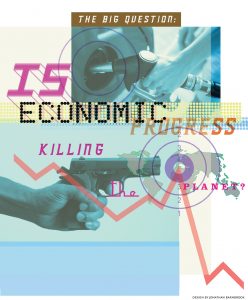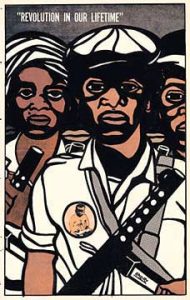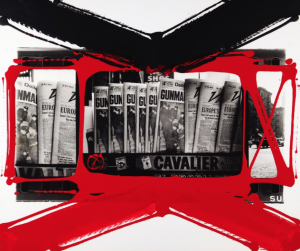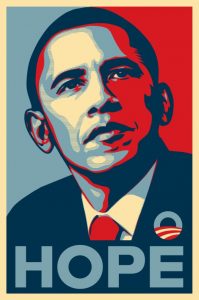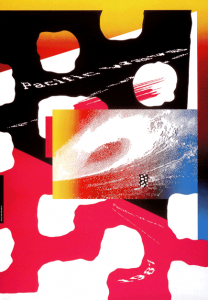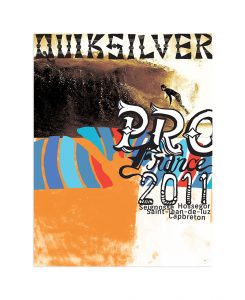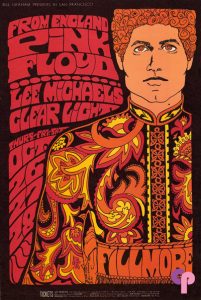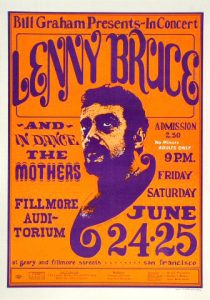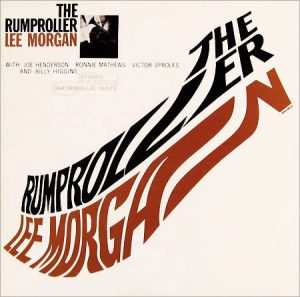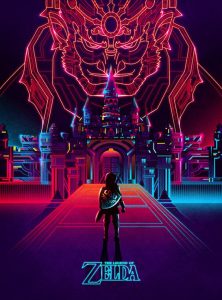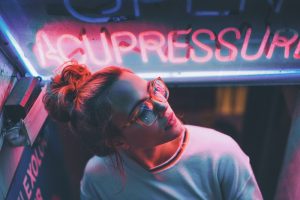Throughout this 10 week Research and Communication Skills module, I have learnt a variety of skills whilst looking at many topics that impacted art culture as well as art based theories which has enabled me to apply and practice many ways of creative thinking, and making my work more meaningful. Researching has helped me develop my work and give it a sense of purpose and meaning as I have learnt how to support my opinions and exploring new ways of thinking.
Prior to starting the module I was already fascinated with graphic design, specifically typography and was aware of great artists such as David Carson, Craig Ward and Alex Trochut. When it came to week four, and we were asked to explore ‘Is it possible to be truly authentic?’ it sparked my thinking and inspired me to once again explore my interests and push my thinking more. After being taught new skills I began to find how to incorporate what I was learning into my rotations especially Graphics as this was my opportunity to experiment with graphic elements such as kerning, spacing, type, aligning, scale and more. This boosted my confidence in using more Adobe programmes where I was able to experiment. By using old influences I was able to reignite my passion and push my experimenting further in a more sophisticated style. Moreover, the research I carried out allowed me to become more of a critical thinker and meant I was able to reflect upon what these artists were doing and allowed me to interpret it for myself. I feel as though I have achieved a deeper more meaningful understanding of the origination.
The lectures helped further my research on all the tasks and led me to understand the importance of all the art movements as well as how design can play a huge role in society and vice versa. The Netflix series abstract that we watched at the end of lectures helped me understand the topic more as I found visual learning aided me the most, as well as showing how different artists can work and what their influences are. It was fascinating seeing what an average day in the life of a professional designer could involve which helped me realise were I want to see myself. I feel as there is a connection with developing ideas within my practice and with the tasks, it meant I could tailor each of these to my own pathway.
Overall, after researching each task week by week it showed me the importance of previous art movements and the history of art culture. It has aided me in my way of thinking and how to support by opinions as well as looking at artists an understanding my profession to a greater level. Exploring specific artists has helped influence my practice more and has revealed that I want to keep pursing photography and attempt to incorporate this throughout my design work. It has helped me confirm which pathway I want to pursue.

